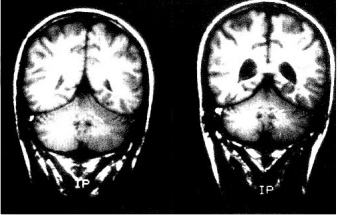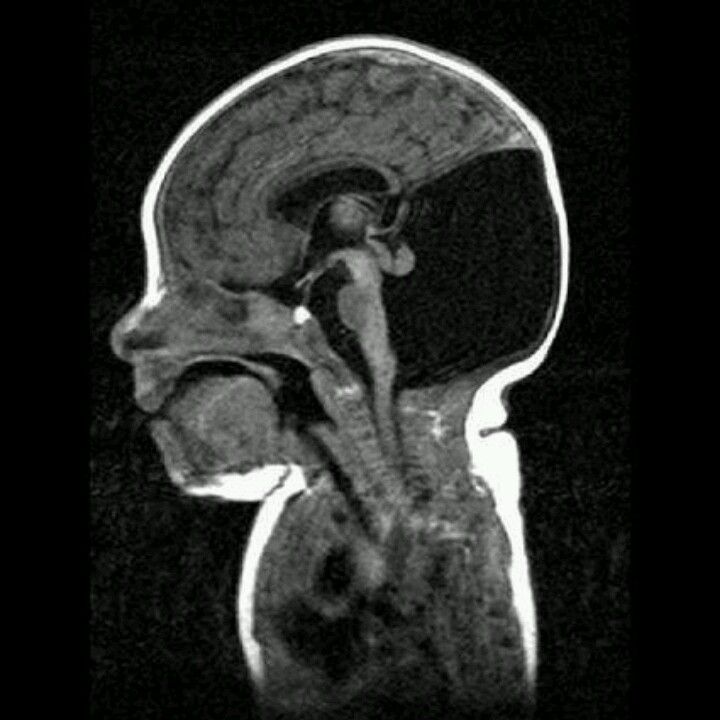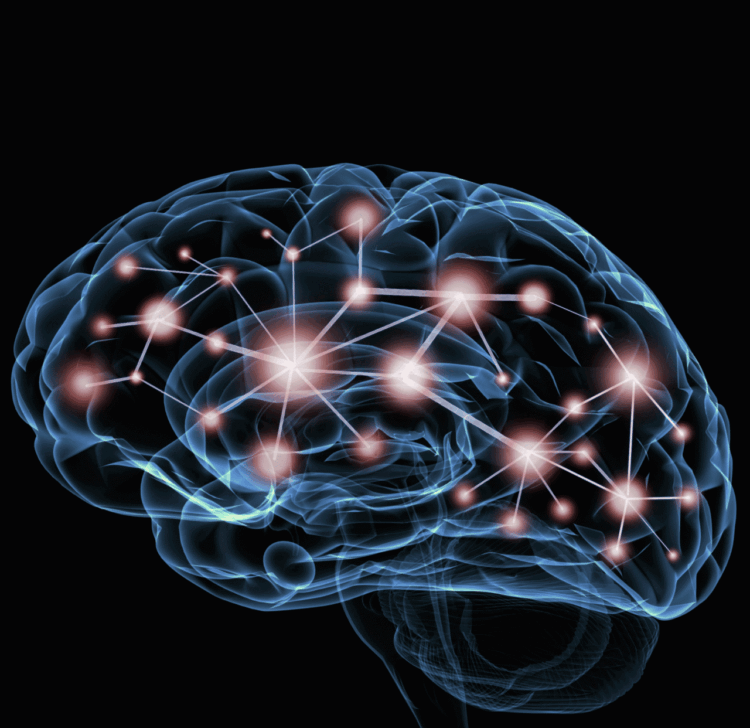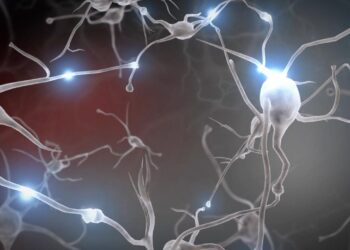Depression is a complex mental health disorder characterized by persistent feelings of sadness, hopelessness, and disinterest in daily activities. Beyond its profound emotional and social toll, depression also manifests through measurable alterations in brain structure and function. A growing body of neuroimaging research has revealed that Major Depressive Disorder (MDD) is associated with atypical changes in the brain’s functional networks—groups of regions that co-activate to support specific cognitive and emotional processes. Contrary to initial assumptions of network breakdown in depression, recent studies indicate that certain networks actually become enlarged or hyperconnected. This article delves into the concept of network expansion, reviews key empirical findings, explores potential mechanisms, and discusses clinical implications and directions for future research.
What Is Brain Network Expansion? The human brain is organized into large-scale functional networks, each comprising multiple regions that synchronize their activity during rest and task performance. Examples include:
A. Default Mode Network (DMN): Engaged during self-referential thought, mind‐wandering, and autobiographical memory retrieval.
B. Salience Network: Detects and filters emotionally and cognitively relevant stimuli.
C. Frontoparietal Network (FPN): Governs executive control, goal-oriented behavior, and working memory.
D. Limbic Network: Regulates emotion and motivational states.
In healthy individuals, these networks display balanced, dynamic connectivity patterns—strengthening transiently when needed and returning to baseline during rest. Network expansion refers to either (1) recruitment of additional brain regions into a given network or (2) an increase in the strength and density of connections within that network. Both phenomena can alter network topology, impacting cognitive and emotional processing.
Key Findings from Recent Neuroimaging Studies Advanced resting‐state functional magnetic resonance imaging (fMRI) and graph‐theoretical analyses have uncovered reproducible patterns of network enlargement in depressed individuals compared to healthy controls. Prominent findings include:
A. Enlarged Default Mode Network
- Depressed participants show elevated functional coupling between the medial prefrontal cortex (mPFC), posterior cingulate cortex (PCC), and additional regions such as the inferior parietal lobule and lateral temporal cortex.
- This expansion correlates with increased rumination—repetitive, negative self‐focused thought—suggesting a neural substrate for intrusive inner dialogue.
- Longitudinal studies find that DMN enlargement persists across depressive episodes, indicating a trait-like network alteration.
B. Salience Network Hyperconnectivity
- Nodes in the anterior insula and dorsal anterior cingulate cortex demonstrate stronger ties to limbic and prefrontal regions.
- Enhanced salience connectivity may amplify detection of negative or threat‐related stimuli, contributing to heightened anxiety and emotional reactivity common in depression.
- This network’s expanded links to sensory cortices may bias perception toward negative environmental cues.
C. Altered Frontoparietal Network Patterns
- Although some cognitive control regions weaken connectivity, the overall FPN recruits adjacent parietal and temporal areas, reflecting compensatory attempts to regulate mood and cognition.
- This atypical pattern may underlie difficulties in sustaining attention, planning, and decision‐making in depressed patients.
- Some studies report that greater FPN expansion predicts poorer performance on executive tasks, linking network topology to behavioral outcomes.
D. Cross-Network Overlap
- Expanded DMN, salience, and FPN regions often overlap in mPFC, insula, and angular gyrus, resulting in blurred functional boundaries.
- Such overlap could produce interference between self-referential processing, emotional salience detection, and executive control, exacerbating cognitive–emotional dysregulation.
Mechanisms That May Drive Network Expansion Several interrelated neurobiological processes may contribute to the enlarged networks observed in depression. While research is ongoing, leading hypotheses include:
A. Neuroinflammation
- Chronic low-grade inflammation, often elevated in MDD, can alter synaptic pruning and glial functioning.
- Proinflammatory cytokines (e.g., IL-6, TNF-α) can modulate neurotransmission and synaptic connectivity, leading to aberrant strengthening of certain pathways.
B. Neurotransmitter Imbalances
- Dysregulated serotonin, dopamine, and glutamate systems shift the excitatory–inhibitory balance in cortical circuits.
- Overactive glutamatergic signaling may promote excessive connectivity, while deficient GABAergic inhibition fails to contain runaway network expansion.
C. Abnormal Neuroplasticity
- Depressed individuals often exhibit reduced levels of brain‐derived neurotrophic factor (BDNF), crucial for synaptic growth and maintenance.
- Paradoxically, regionally elevated BDNF expression may facilitate maladaptive dendritic branching and spine formation in stress‐sensitive networks.
D. Genetic and Epigenetic Factors
- Variants in genes related to synaptic scaffolding (e.g., PSD‐95) and neurotransmitter transporters may predispose individuals to pronounced connectivity alterations under stress.
- Epigenetic modifications (e.g., DNA methylation of glucocorticoid receptor genes) can modify network reactivity to environmental triggers.

Clinical Implications Understanding how and why brain networks expand in depression offers multiple promising avenues for improving diagnosis, treatment, and monitoring:
A. Biomarker Development
- Patterns of network enlargement could serve as objective neuroimaging biomarkers to differentiate depression subtypes (e.g., melancholic vs. atypical) more precisely than symptom checklists alone.
- Early identification of at‐risk individuals—via functional connectivity screening—might enable preventive interventions before full‐blown MDD emerges.
B. Personalized Treatment Targeting
- Neuromodulation techniques such as transcranial magnetic stimulation (TMS) and transcranial direct current stimulation (tDCS) can be directed toward hyperconnected network nodes (e.g., mPFC in the DMN) to recalibrate connectivity.
- Pharmacological agents that modulate glutamate (e.g., ketamine) or GABA (e.g., brexanolone) may normalize network expansion profiles when dosage is guided by connectivity imaging.
C. Monitoring Treatment Response
- Longitudinal fMRI assessments can track changes in network size and strength in response to psychotherapy, pharmacotherapy, or neuromodulation.
- Shifts toward normalized network topology may predict clinical remission earlier than self‐report scales, allowing clinicians to adapt treatment plans in a timely manner.
D. Neurofeedback Interventions
- Real‐time fMRI neurofeedback protocols can train patients to downregulate activity in overconnected regions, strengthening self‐control over maladaptive thought patterns.
- Virtual reality environments combined with neurofeedback may provide immersive contexts for rewiring dysfunctional network interactions.
Behavioral and Symptomatic Correlates Studies linking network expansion to specific depressive symptoms illuminate how altered connectivity translates to lived experience:
A. Rumination and Self‐Focus
- Enlarged DMN connectivity is strongly associated with ruminative thinking patterns, characterized by repetitive focus on personal shortcomings and past failures.
- Interventions that reduce DMN hyperconnectivity, such as mindfulness meditation, correspond with decreases in rumination severity.
B. Anhedonia and Emotional Blunting
- Hyperconnected salience networks skew reward processing circuits, diminishing the pleasure derived from normally enjoyable stimuli.
- Reduced reward signaling in the ventral striatum co‐occurs with expanded salience links to prefrontal regions, reflecting impaired motivational drive.
C. Cognitive Sluggishness
- FPN expansion often goes hand‐in‐hand with decreased network efficiency, manifested as slower reaction times and difficulty shifting between tasks.
- Cognitive remediation therapies that target executive function have been shown to partially normalize FPN connectivity and improve task performance.
D. Anxiety Comorbidity
- Overlapping enlargement of salience and limbic networks may underlie the high prevalence of co‐occurring anxiety in depressed patients.
- Heightened connectivity between the amygdala and insula predicts increased worry and hypervigilance, suggesting avenues for dual‐diagnosis treatments.

Open Questions and Future Research Directions Despite these advances, numerous critical questions remain unanswered:
A. Temporal Dynamics
- How do network expansion patterns evolve from the prodromal phase to acute episodes and into remission?
- Can transient connectivity changes during therapy predict long‐term maintenance of recovery?
B. Causality Versus Consequence
- Are network expansions a driving cause of depressive symptoms or compensatory responses to underlying pathology?
- Animal models with optogenetic control of specific circuits could help disentangle causality by artificially inducing or suppressing network connectivity.
C. Disorder Specificity
- Do similar network enlargement profiles appear in bipolar disorder, generalized anxiety disorder, or post‐traumatic stress disorder (PTSD)?
- Comparative connectivity mapping across psychiatric conditions may identify shared transdiagnostic mechanisms and disorder‐specific biomarkers.
D. Interindividual Variability
- What genetic, developmental, or environmental factors account for variability in network expansion severity among depressed individuals?
- Large‐scale genome‐wide association studies (GWAS) combined with imaging genetics could pinpoint vulnerability loci linked to aberrant connectivity.
E. Network Resilience and Plasticity
- What factors promote spontaneous reversal of network expansion in resilient individuals who recover without formal treatment?
- Lifestyle interventions—such as physical exercise, balanced diet, and social engagement—should be evaluated for their capacity to restore normal network architecture.
Conclusion
The discovery that depression is linked not only to diminished activity but also to the enlargement of key brain networks has reframed our understanding of its neurobiological basis. Expanded connectivity in the DMN, salience, and frontoparietal networks sheds light on the neural substrates of rumination, anhedonia, and cognitive deficits. Translating these insights into clinical practice promises more precise diagnostic biomarkers, targeted neuromodulation and pharmacotherapy, and real‐time monitoring of treatment efficacy. As research continues to refine the picture of how functional networks adapt—or maladapt—in the face of chronic stress and negative mood states, the prospect of truly personalized, circuit‐based interventions for depression becomes ever more attainable.








